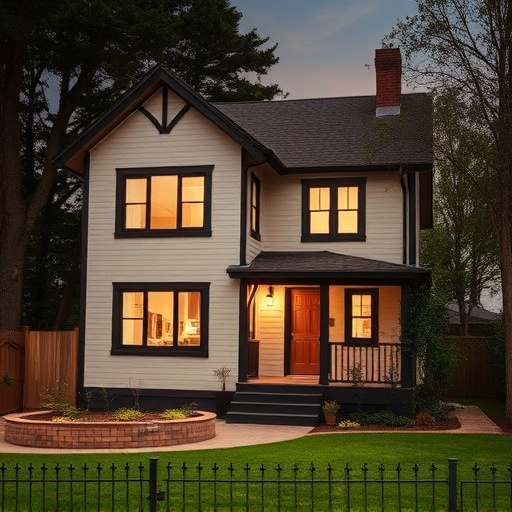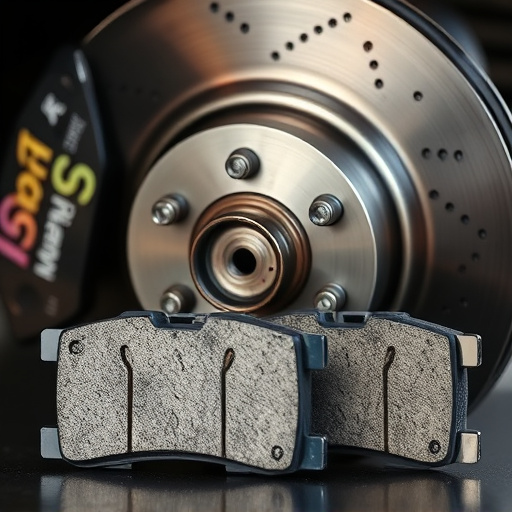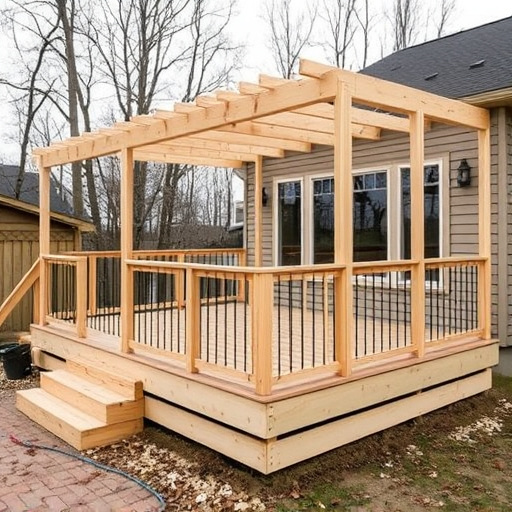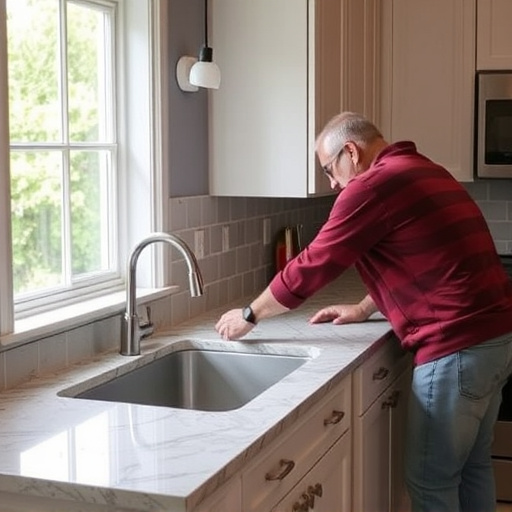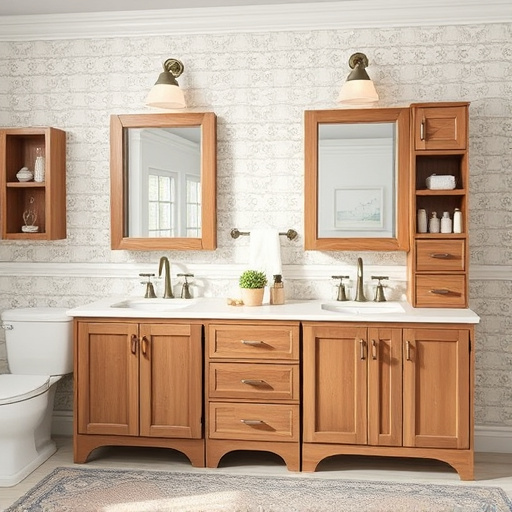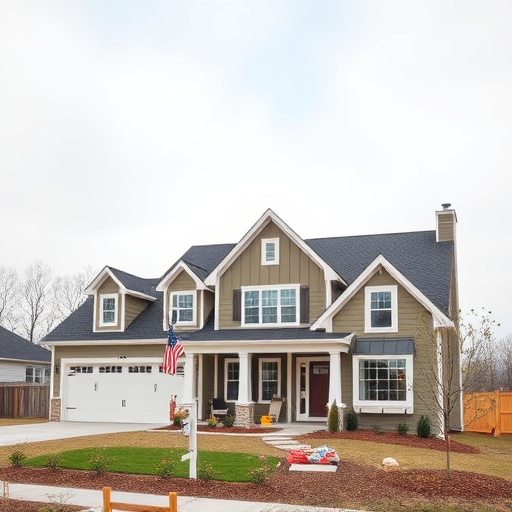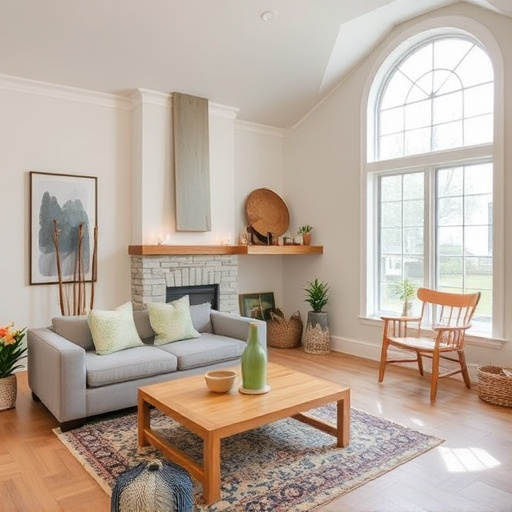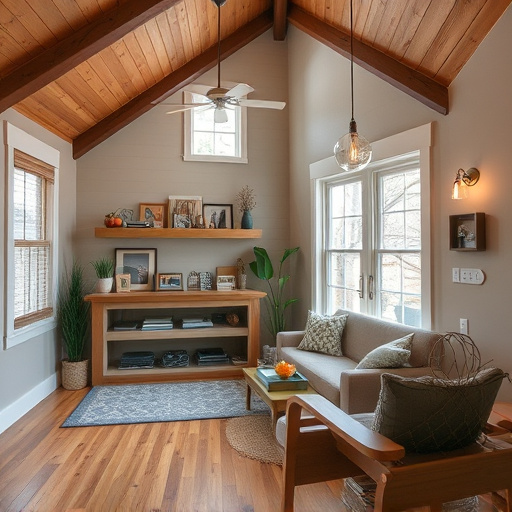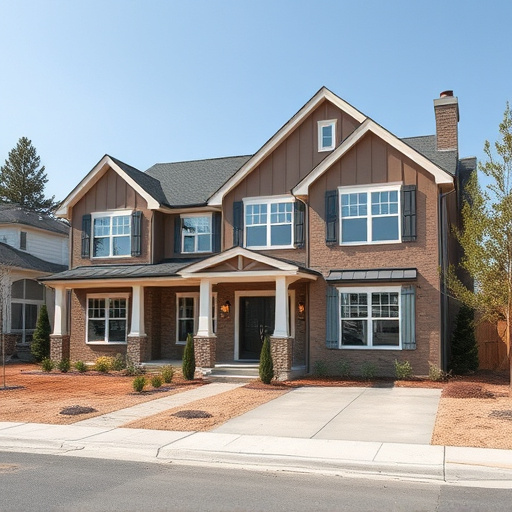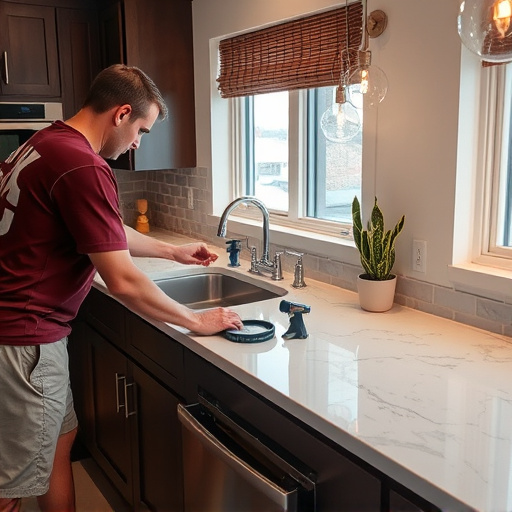Proper bathroom remodeling includes strategic ventilation planning to prevent moisture issues, control humidity, and ensure respiratory comfort. Incorporate exhaust fans, trickle vents, or HRV for optimal air circulation. Use breathable materials, consider tile with airflow channels, and position mirrors/glass partitions for cross-ventilation. These tactics enhance bathroom aesthetics and overall comfort in home remodeling projects.
“Elevate your bathroom remodeling project with expert ventilation tips. In this guide, we explore the crucial role of proper ventilation in creating a comfortable and healthy space. From understanding unique bathroom ventilation needs to incorporating efficient systems, you’ll learn design strategies for optimal air flow. Discover how to mitigate moisture issues, reduce odors, and enhance overall livability. Optimize your bathroom remodel with these evidence-based practices for a well-ventilated and serene sanctuary.”
- Understanding Ventilation Needs in Bathrooms
- Incorporating Efficient Ventilation Systems
- Design Tips for Optimal Air Flow and Comfort
Understanding Ventilation Needs in Bathrooms
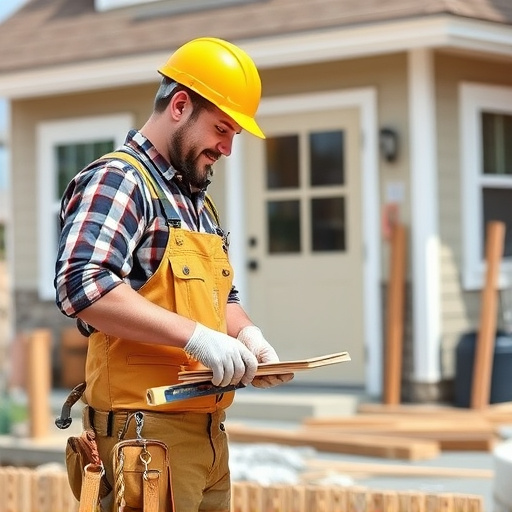
In the realm of bathroom remodeling, proper ventilation is a game-changer that often goes unnoticed until it becomes a problem. This essential aspect ensures not only comfort but also plays a pivotal role in maintaining air quality and preventing moisture-related issues. Bathrooms are naturally humid environments due to activities like showering and bathing, which can lead to condensation and the growth of mold if left unaddressed. Therefore, understanding ventilation needs is crucial for any successful bathroom remodel or home addition project.
Effective bathroom ventilation involves removing stale air and introducing fresh outdoor air to create a balanced pressure system. This simple yet powerful strategy helps control moisture levels, reduces the risk of respiratory issues, and prevents that musty odor often associated with poorly ventilated spaces. Whether you’re considering a multiple room remodel or general home improvement services, prioritizing proper ventilation will ensure your bathroom is not only aesthetically pleasing but also healthy and comfortable for years to come.
Incorporating Efficient Ventilation Systems
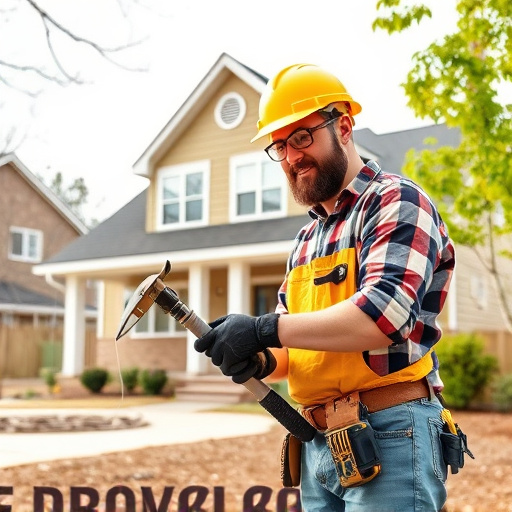
Effective bathroom remodeling involves thoughtful planning for efficient ventilation systems. Poor ventilation can lead to a buildup of moisture, humidity, and foul odors, causing issues like mold growth and decreased air quality. Incorporating custom work that seamlessly integrates exhaust fans, trickle vents, or more advanced systems like heat recovery ventilation (HRV) ensures optimal air circulation. These solutions not only mitigate problems associated with stagnant air but also enhance the overall comfort of the space.
Consider the specific needs of your bathroom remodeling project. In addition to these primary solutions, strategic placement of windows and the use of cross-ventilation techniques can further improve airflow. For instance, a well-placed window exhaust fan or a cleverly designed opening that allows for natural air flow from adjacent rooms can make a significant difference. Think beyond standard kitchen remodel ideas; bathroom transformations require tailored home transformations to address unique ventilation challenges.
Design Tips for Optimal Air Flow and Comfort
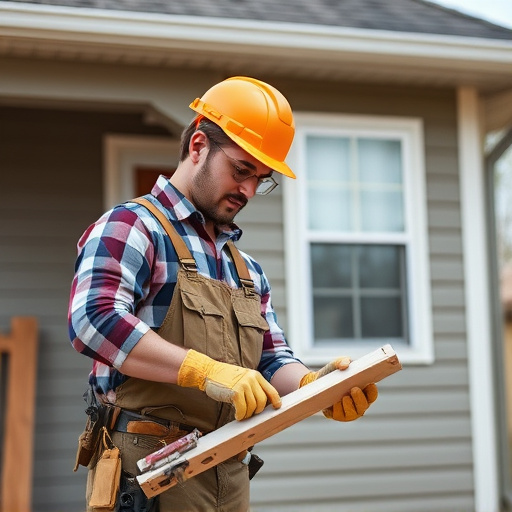
Effective bathroom remodeling design isn’t just about aesthetics; it’s also about ensuring optimal air flow and comfort. To achieve this, consider incorporating design tips that promote proper ventilation. Start by planning for adequate exhaust fans in places like showers and bathtubs to remove moisture and prevent mold growth. Position these fans strategically to direct airflow outwards, away from the room, rather than just down. This helps to not only expel humid air but also circulate fresh air throughout the bathroom.
Additionally, use materials that are breathable and water-resistant to enhance ventilation. Natural materials like bamboo or cedar can add a touch of warmth while allowing moisture to escape. For walls and ceilings, opt for tiles with open-cell structures or choose panels designed with built-in airflow channels. In terms of layout, design your bathroom to allow for cross-ventilation by placing mirrors or glass partitions in ways that reflect light and air currents, further enhancing the comfort and freshness of the space—a key consideration in any home remodeling project, whether it’s a bathroom renovation or kitchen renovations.
When remodeling your bathroom, proper ventilation is key to creating a comfortable and healthy space. By understanding the specific ventilation needs of bathrooms and incorporating efficient systems, you can ensure optimal air flow, reduce moisture buildup, and prevent issues like mold growth. Integrate design tips that prioritize fresh air circulation for a well-ventilated, serene bathroom retreat that enhances your overall wellness.


